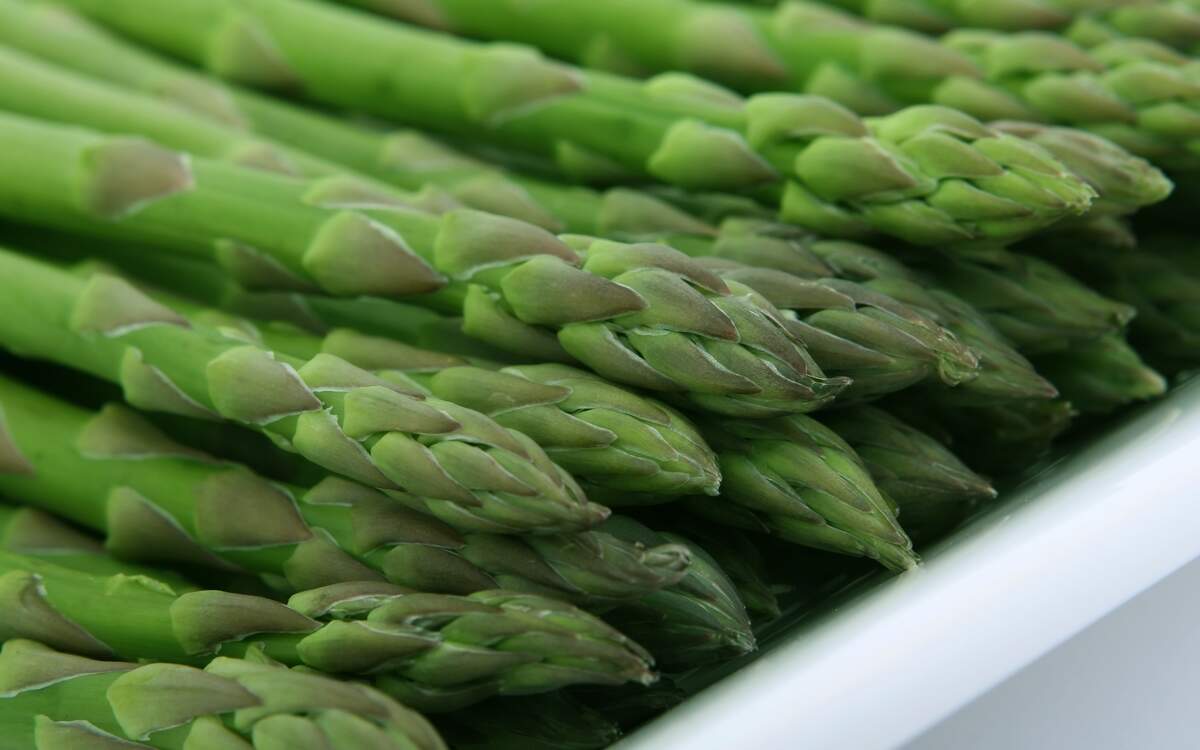

Asparagus Day
Asparagus, from the genus family Asparagaceae, is made up of more than 200 species. The most common and economically important is garden asparagus, which is cultivated to be eaten, and is celebrated today! It is usually green with a purple-tinged top, but white asparagus is another common variety and is often grown in Europe. In particular, in France's Argenteuil, asparagus is grown underground so that chlorophyll does not develop. This white asparagus is thick, is smoother than green types, and is known for its tenderness and delicate flavor. There is also a purple variety of asparagus called viola.
Asparagus was a delicacy of the ancient Romans and Greeks, and its name comes from the Greek word "asparagos." The name first appeared in print in English around 1000 CE. Native to the Eastern Hemisphere, it is not known exactly when it came to America; there is record of it growing in New Jersey by at least 1740. It was being grown in California by the 1850s, and 70 percent of the national crop is still grown there.
Asparagus plants live eight to ten years, and the more mature plants are thicker. It grows well in loose clays and sandy loams, and can grow in salty soils where other plants can't, but doesn't do well in acidic soils. Its cutting season lasts two to twelve weeks—this length is dependent on where on earth it is grown.
Usually bought fresh, asparagus is often boiled and steamed. It is then commonly served hot or is used in a salad. Hollandaise sauce is its typical accompaniment. Canned or frozen asparagus can also be purchased. Asparagus has many health benefits. The strong odor produced in urine after eating asparagus is from a compound called methyl mercaptan, that is made from breaking the asparagus down.
How to Observe Asparagus Day
Celebrate the day by eating asparagus! Eat it raw, steamed, boiled, or in a soup. There are many recipes you could try. You could grow your own—there are many varieties of asparagus you could cultivate. One of the most popular is called Mary Washington. Asparagus also grows in the wild, and you could go searching for some. If purchasing fresh asparagus at a store, pick out firm stalks that are bright green or pale ivory, with light tips. If you can't eat the asparagus right away, you can extend its life by about four days by wrapping it tightly in a plastic bag and placing it in a refrigerator, or by standing the stalks up in a container with about an inch of water, and covering the container with a plastic bag.





















